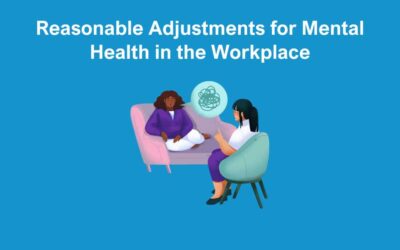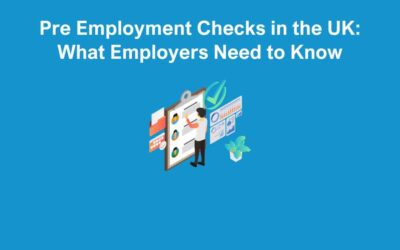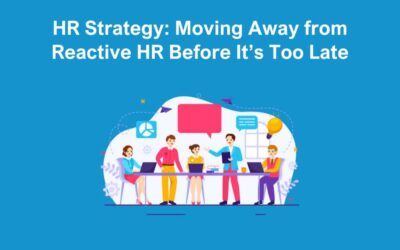As remote work becomes increasingly prevalent, the virtual world has become the new office space, connecting professionals from all corners of the globe. While the benefits are plentiful, it’s essential to maintain a high standard of professional etiquette even in the digital realm.
In this blog, we focus on a key aspect of virtual etiquette: Dress code and professional standards during Zoom or Teams calls.
Dress the part
Just because you’re working from home doesn’t mean you should forsake your professional attire. Dressing appropriately for video calls helps establish a sense of seriousness and respect for the occasion. While you may have the freedom to ditch the formal suit, opt for smart casual attire that aligns with your company’s culture and the nature of the meeting.
Avoid casual or distracting clothing
While it’s tempting to slip into your favourite cosy loungewear, remember that your appearance on screen reflects professional etiquette. Avoid wearing clothing that may be deemed too casual, such as PJs, workout gear, or revealing outfits. Similarly, avoid flashy patterns or clothing with distracting logos that might divert attention from the purpose of the meeting.
Pay attention to grooming
Your appearance extends beyond your clothes. Maintaining good grooming habits helps convey an image of professionalism and attention to detail. Ensure that your hair is tidy, your face is clean, and your overall appearance is well-groomed. Remember, you want to project an image of competence and reliability.
Mind your background
Take a moment to assess the backdrop behind you when mastering professional etiquette virtually. Choose a tidy and clutter-free environment that is free from distractions. A neutral or professional background, such as a plain wall or a bookshelf, can enhance your presence and prevent any visual disruptions during the call. Use a branded background if you can.
Be mindful of your body language
Just as you would in an in-person meeting, maintain good posture and engage with appropriate body language. Sit upright, make eye contact with the camera, and avoid slouching or fidgeting excessively. Non-verbal cues play a significant role in communication and conveying attentiveness and confidence will contribute to a more successful virtual interaction. Don’t sit with your chin resting on your hands looking disinterested! This is important when mastering professional etiquette.
Minimise distractions
While it’s crucial to focus on your appearance, it’s equally important to minimise potential distractions. Mute your microphone when not speaking to prevent background noise and interruptions. Be mindful of your surroundings and ensure that your environment remains professional and quiet throughout the call. This includes having pets and children lurking near by.
Prepare in advance
Treat virtual meetings with the same level of preparation as in-person gatherings. Review the agenda, familiarise yourself with the topic, and have any necessary materials or documents ready. Being well-prepared demonstrates your commitment and professionalism, regardless of the medium.
Remember, maintaining professional etiquette in the virtual workspace is not just about adhering to dress codes or surface-level standards. It’s about building trust, establishing credibility, and ensuring effective communication, even via digital means. By following these guidelines, you can foster a more productive and respectful virtual environment for yourself and your colleagues.
Contact Us
If you would like help to improve professional etiquette virtually, feel free to contact our HR experts below.







